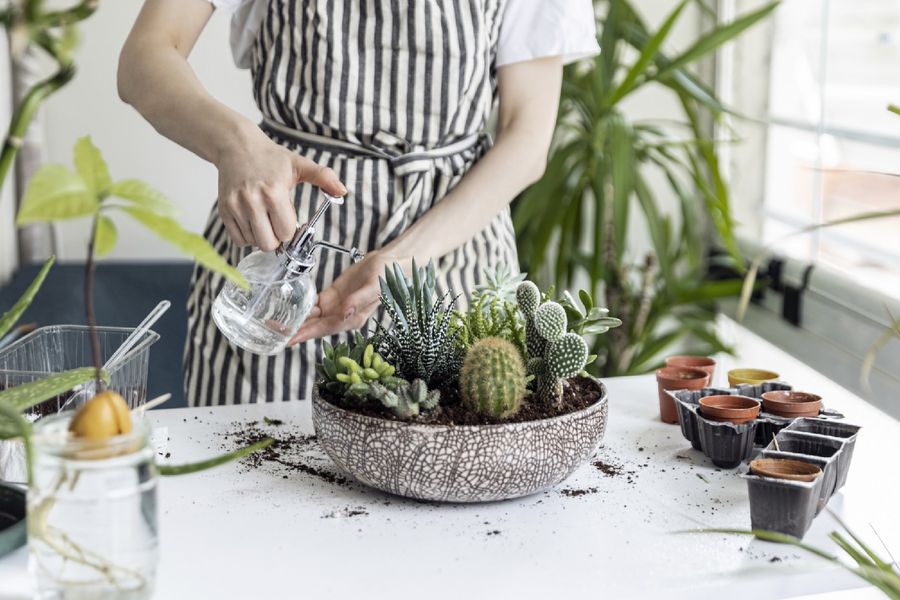Why Succulent Arrangements?
Succulent arrangements have taken the world of gardening by storm with their diverse range of shapes, colors, and sizes. They’re charming, require minimal care, and can adapt to various environments, making them perfect for novice gardeners and experienced enthusiasts alike. Yet, arranging succulents isn’t just about placing these plants together; it’s an art that requires knowledge, creativity, and an understanding of these unique plants. This article aims to provide a comprehensive guide on creating stunning succulent arrangements that will add life to any space.

Exploring the Different Types of Succulent Arrangements: Which One Suits You Best?
There’s no limit to the creativity and personal expression you can infuse into succulent arrangements. Each style speaks to a different aesthetic and has its own unique appeal. Here we dive deeper into the most popular types of succulent arrangements, their distinct characteristics, ease of creation, and maintenance levels, to help you determine which style suits you best.








